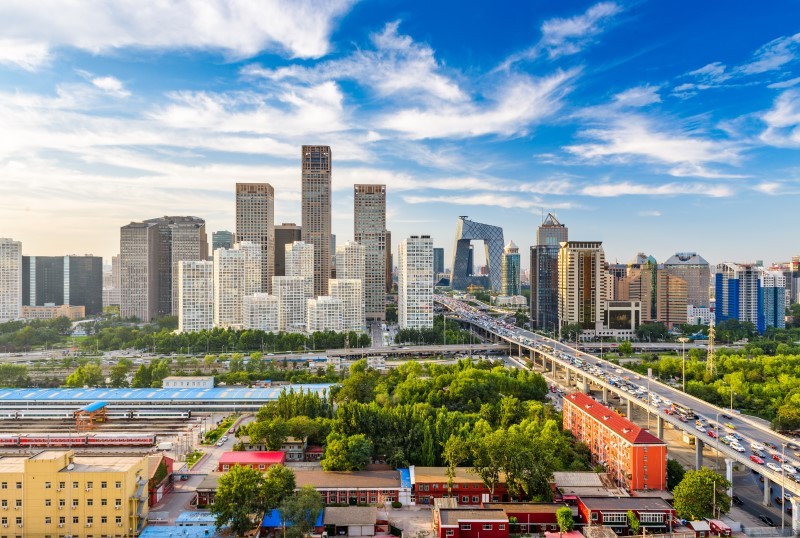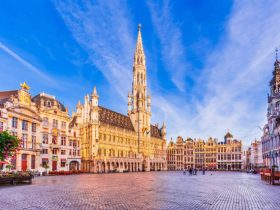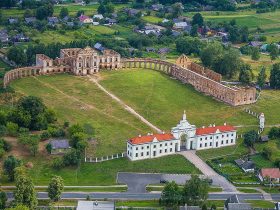Beijing, the heart of China, is a city where ancient traditions intertwine with modern advancements. From the majestic Great Wall to the bustling streets of the Central Business District, Beijing offers a unique blend of history, culture, and innovation. This guide provides an in-depth look into the city’s essentials, attractions, and travel tips to ensure an unforgettable experience.
📊 Essential Information
| Feature | Details |
|---|---|
| Official Language | Mandarin Chinese (Putonghua) |
| Population | Approximately 21 million |
| Area | 16,410.54 km² |
| Country | People’s Republic of China |
| Continent | Asia |
| Local Time | UTC+8 |
| Currency | Renminbi (CNY) |
| Plug Type | Type A, C, and I; 220V, 50Hz |
| Average Annual Temperature | 11°C to 14°C |
| Climate | Temperate continental monsoon |
| Vegetation | Mixed forests and urban greenery |
| Primary Industries | Technology, finance, education, tourism |
| Country Code | +86 |
| City Code | 10 |
🏛️ Top Tourist Attractions
- The Forbidden City: This imperial palace served Chinese emperors for nearly 500 years and is now a UNESCO World Heritage site.
- The Great Wall: Visit sections like Badaling and Mutianyu for scenic hikes along one of the world’s most iconic structures.
- Temple of Heaven: A stunning religious site known for its symmetrical architecture and cultural significance.
- Summer Palace: A historic retreat featuring lakes, gardens, and pavilions with impressive Qing dynasty design.
- Tiananmen Square: One of the largest city squares globally, surrounded by monumental buildings and historic sites.
🚇 Getting There & Around
✈️ Arrival
Beijing is served by two major airports: Beijing Capital International Airport (PEK) and Beijing Daxing International Airport (PKX).
🚆 Transportation
- Subway: Extensive, affordable, and tourist-friendly with English signage.
- Buses: Cheap and cover all districts, but may be difficult for non-Mandarin speakers.
- Taxis and ride-hailing: Widely available; prefer apps like Didi.
- Bikes: Shared bicycles are a great way to explore hutongs and parks.
🏨 Accommodation
💎 Luxury Hotels
- Mandarin Oriental Wangfujing: A high-end hotel with views of the Forbidden City.
- Rosewood Beijing: Blends modern style with Chinese cultural themes.
🛏️ Mid-Range Hotels
- Novotel Beijing Peace: Conveniently located near shopping areas.
- Holiday Inn Express Dongzhimen: Great comfort and value.
🏡 Budget Options
- 365 Inn: Hostel-style accommodations perfect for backpackers.
- Peking Station Hostel: Clean, cozy, and centrally located.
🍜 Culinary Delights
- Peking Duck: Beijing’s signature dish served with pancakes and hoisin sauce.
- Zhajiangmian: Noodles with savory soybean paste.
- Jianbing: Popular breakfast street food resembling a Chinese crepe.
☕ Top Cafés & Restaurants
- Siji Minfu: Renowned for its traditional roast duck.
- Voyage Coffee: A modern café with artisanal coffee in Qianmen.
- Da Dong: Upscale duck restaurant with creative dishes.
🏞️ Geography & Nature
Beijing is surrounded by the Yanshan and Xishan mountain ranges, providing scenic backdrops. Rivers like Yongding and Chaobai flow through the region, along with lakes such as Kunming and Houhai.
🏘️ Districts & Neighborhoods
- Dongcheng & Xicheng: Historic core with landmarks and traditional architecture.
- Chaoyang: Business district with nightlife and foreign embassies.
- Haidian: Education and technology hub.
- Fengtai & Shijingshan: Residential and developing commercial areas.
🎭 Culture & Arts
- 798 Art Zone: Galleries and studios in repurposed industrial buildings.
- National Centre for Performing Arts: Opera, ballet, and concerts in a futuristic dome.
- Hutongs: Traditional alleyways that reveal Beijing’s historical charm.
🧭 Insider Tips
- Best travel time: Visit in spring (April-May) or autumn (September-October).
- Language tips: Use translation apps; English is limited in some areas.
- Payments: Mobile payment via Alipay or WeChat is widely accepted.
- Internet access: Use a VPN to access Western apps and websites.
❓ Frequently Asked Questions
Q1: Do I need a visa to visit Beijing?
A1: Many nationalities require a visa, but China offers a 144-hour visa-free transit policy for certain countries.
Q2: Is tap water safe to drink?
A2: It’s recommended to drink bottled or boiled water.
Q3: What’s the best way to get around the city?
A3: The subway is efficient and covers most tourist areas; taxis and ride-sharing apps are also convenient.
Q4: Are credit cards widely accepted?
A4: Credit cards are accepted in major establishments, but mobile payments are more common.
Q5: What should I wear when visiting temples?
A5: Dress modestly, covering shoulders and knees, to show respect.
Q6: Can I use social media platforms like Facebook and Instagram?
A6: These platforms are blocked in China; using a VPN can provide access.The Times
Q7: Is it customary to tip in restaurants?
A7: Tipping is not a common practice in China and is not expected.
Q8: How can I access the Great Wall from Beijing?
A8: Sections like Badaling and Mutianyu are accessible via public transport or organized tours.
Q9: Are there any local customs I should be aware of?
A9: Showing respect to elders, avoiding public displays of affection, and using both hands when giving or receiving items are appreciated.
Q10: What souvenirs should I buy?
A10: Traditional items like silk, tea, jade, and handicrafts make for meaningful souvenirs.







Leave a Review